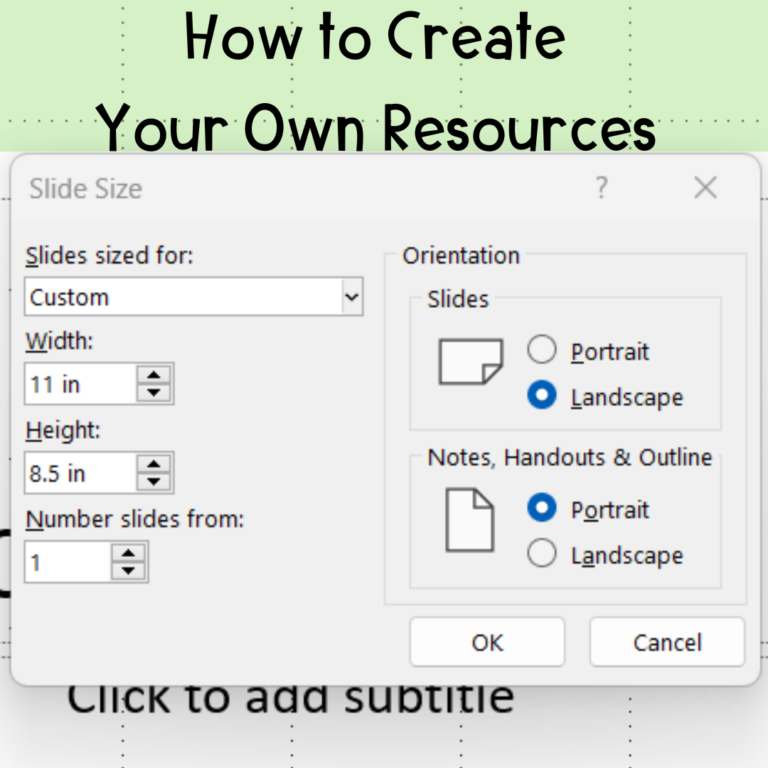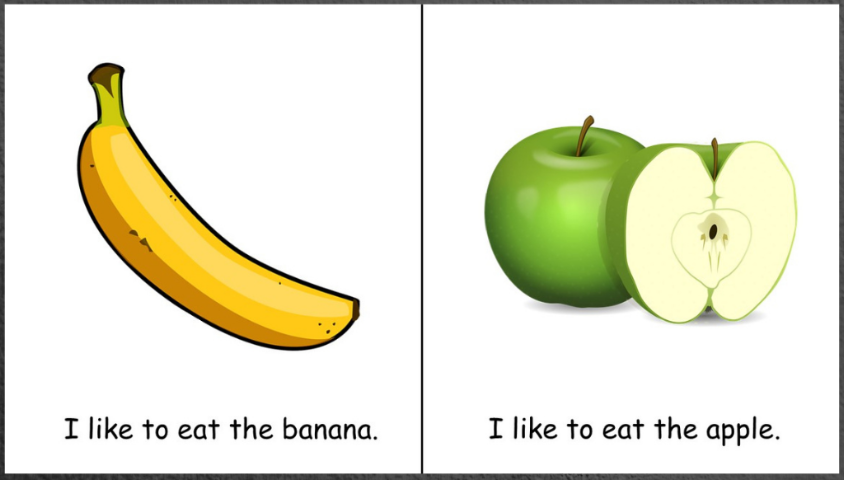
Share This:
If you are a math teacher who is teaching multiplication to their students, what does their practice look like? Do you give them 25 problems where 15 review addition and subtraction, 5 are division (even though you haven’t taught that yet), and only 5 problems practice your target skill? OF COURSE YOU DON’T. You know that in order to be successful, you have to give students lots of practice on what you have taught them. So why do we think it is okay to give children leveled texts as practice when only a small portion of the words are ones that match the skill we are teaching?
>
“When you have that much money and that many people invested in something, it is difficult to question it.”
We need to talk about decodable texts. Over the past few decades, decodable texts have become synonymous with boring and ineffective. By the time I went through teacher preparation, decodable texts were essentially 4 letter words. Instead, leveled texts, with their authentic prose and beautiful illustrations, had come into favor. Guided Reading, whose structure relies on leveled texts, has become big business with millions of Google search results, thousands of books, and people who have made their careers out of promoting the practice. When you have that much money and that many people invested in something, it is difficult to question it. Lucky for me, my only business is helping children become better readers, so I have no qualms about questioning a practice. I’m here today to tell you—leveled texts have their place, but the time is overdue for them to make way for decodable texts in many situations.
Let’s talk about the difference between leveled texts and decodable texts. Leveled texts are texts organized according to different characteristics such as sentence structure, content, genre, illustrations, and themes. These texts look and feel like real books and often try to pique students’ interest. They are typically labeled from A-Z, with the majority of the beginning letters having high illustration support. The number of decodable words is considered, but not the focus. They do not follow a scope and sequence for phonics, so words in a level do not build upon the words in previous levels. Because of the nature of the text, students often rely on memorization, guessing, or illustrations to help “read” the text.
I want you to stop here and find a text that is considered a Guided Reading Level A. Look at the pages, and ask yourself, “What skills must a child possess to read the text?” I’m not talking about using picture clues or guessing, but to actually decode the text. If you cannot find one, I’ve created an example (your girl isn’t getting sued for copyright.) If we are being honest, the skills a child needs to actually read a text Leveled A or B are much higher than we originally thought.

If you can’t find one, look at my example to the left. In order to read (once again, actually read it, not guessing), you would have to know the vowel consonant e pattern (like), the vowel team ea says /e/, that “the” contains a schwa, and multisyllabic words like banana and apple. In reality, a child would be taught the structure of the text, and would then use picture clues to guess the final word on each page.
Decodable texts, on the other hand, are texts where a large portion of the words can be decoded using phonics skills. Good decodable texts will follow a scope and sequence, where words in a book build upon the words in previous books. They may have illustrations, but illustrations are not required to read the text. Decodable texts have been critiqued for not feeling like “real books,” since the language can be somewhat contrived. Another critique is that comprehension tasks are difficult with decodable texts. I will address these critiques below.
So when should you use leveled texts, and when should you use decodable texts? You can ALWAYS use leveled texts as a read-aloud for pleasure or to increase oral language and comprehension. In small group, however, I would not use a leveled text before second grade. Students should be able to decode most single-syllable words and are beginning to decode multisyllabic words. From second grade on, you can use a mixture of decodable texts and leveled texts, as long as you ensure that you are still explicitly teaching phonics and giving your students ample practice for those skills you are teaching. I would still use more decodable texts than leveled texts in small group. Before about a level J, students simply do not have the skills needed to actually decode the text, and will need to use guessing strategies.
What about the contrived nature of decodable texts? The lack of comprehension opportunities? Both of these critiques are valid. I want you to think, though, about what we know about the development of skilled reading. If you take a look at Scarborough’s Reading Rope (2001), I think it can shed some light. Scarborough shows us that language comprehension and word recognition begin as separate “strands” of reading. It is okay to have students read text where comprehension isn’t the main focus because they are developing that oral language in other parts of the day. As their language comprehension and word recognition begin to grow, the two parts of the rope begin to connect. If children experience rich text and language development in addition to decodable texts, we are giving students the skills needed to become a proficient reader.
So HOW can we use decodable texts? Decodable texts should be a component of a structured, systematic, and explicit phonics program. The skills we teach our students should build upon each other, but I don’t personally believe there is any one correct sequence. There are some patterns that are obviously easier, but you are definitely able to “skip around” some based on the needs of your children. It makes sense to teach digraphs and blends before long vowels, but I think we are splitting hairs if we say the vowel team “ai” has to be taught before the vowel team “oa.” After we introduce a phonics skill, using a decodable text is great practice for that skill. Students can identify the target words before reading the text, utilizing sticky notes or highlighting if possible.
If the idea of using decodable texts is alarming to you, I suggest you start small. Try using decodable texts with just one group. If you want to continue to use leveled text, then I urge you to be very critical of the leveled text you choose. Always ask yourself what skills your children will need to actually read the text. Avoid books where a large portion of the words would need to be given to them or guessed. I’m not advocating for any book to ever be off limit, I just hope we think about the place and purpose for all of our texts.
Suggested Webinar
When I first began my transition from leveled texts to decodable texts, this webinar was a great help. It’s free, but you do have to put in your e-mail.
Source:
Scarborough, H. (2001). Connecting early language and literacy to later reading (dis)abilities: Evidence, theory, and practice. New York, NY: Guilford Press.
Share This:

Savannah Campbell is a K-5 reading specialist. She has taught her entire 12-year teaching career at the school she went to as a child. She holds two master’s degrees in education from the College of William and Mary. Savannah is both Orton-Gillingham and LETRS trained. Her greatest hope in life is to allow all children to live the life they want by helping them to become literate individuals.

Savannah Campbell is a K-5 reading specialist. She has taught her entire 12-year teaching career at the school she went to as a child. She holds two master’s degrees in education from the College of William and Mary. Savannah is both Orton-Gillingham and LETRS trained. Her greatest hope in life is to allow all children to live the life they want by helping them to become literate individuals.
Feeling overwhelmed with all the terminology out there? Want to know the key terms all teachers need to teach phonics? In this FREE Rules of English cheat sheet, you get a 5 page pdf that takes you through the most important terms for understanding English—you’ll learn about digraphs, blends, syllable types, syllable divisions, and move. Grab today and take the stress out of your phonics prep!
